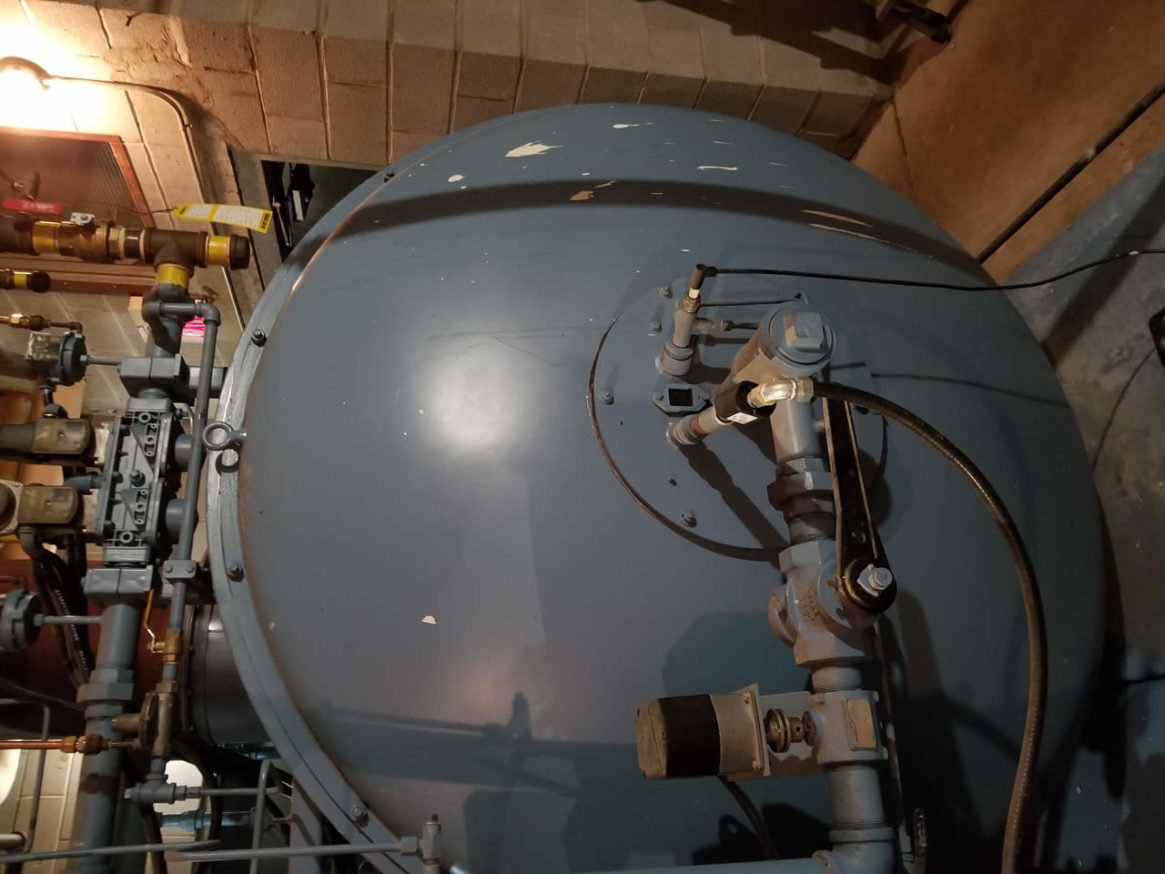Steam System Capacity at Food Processing Facility
SITUATION
A large food processing facility underwent a major expansion which included multiple large new steam boilers and expansion of the existing steam network. Following startup of the expanded facility, the steam system was found to be underperforming. The issues included insufficient steam pressure at processing equipment and frequent boiler alarms due to low water conditions. Shipments were being delayed resulting in significant financial implications to the owners. The providers of the equipment were unable to resolve the situation and were recommending the addition of another large and expensive steam boiler as the solution. As a result, a lawsuit was launched against the designers and contractors who handled the expansion project.
OBJECTIVE
The owner of the food processing company believed that the steam system was insufficiently sized to handle the capacity of the expanded facility. Haag Canada was hired by the lawyer representing the end user to conduct a comprehensive steam system study and produce a report on their findings. Due to the limitations on production capacity, Haag was also asked to assist in providing solutions to mitigate damages while a permanent solution was being investigated.
APPROACH
A preliminary evaluation was conducted with the intention of quickly alleviating some of the demand on the system. Several temporary measures were put in place, which helped considerably in regaining system capacity and meeting production objectives.
Without steam metering equipment in place, information on the actual steam flow was unavailable. Haag Canada performed a detailed assessment to determine the actual steam demand compared to the system capacity. This included the following analyses:
- Review of the steam system design (line sizing, piping configuration, steam trapping, condensate recovery, air venting, pressure controls)
- Calculation of the expected average and peak steam loads for each piece of steam-using equipment
- Review of condensate return issues in various areas of the plant, as well as existing boiler controls
- Complete steam trap testing
- Steam boiler combustion study
The investigation determined that the system was sufficiently sized to meet the average loads but was not able to meet peak demand during cleaning shifts and during operation of one particular processing line. Haag’s report provided recommendations on ways to reduce peaks by adjusting, and in some cases upgrading, controls. These measures successfully prevented the need to add a boiler, and the client was able to use the report along with the quantum assessment to reach a settlement.
